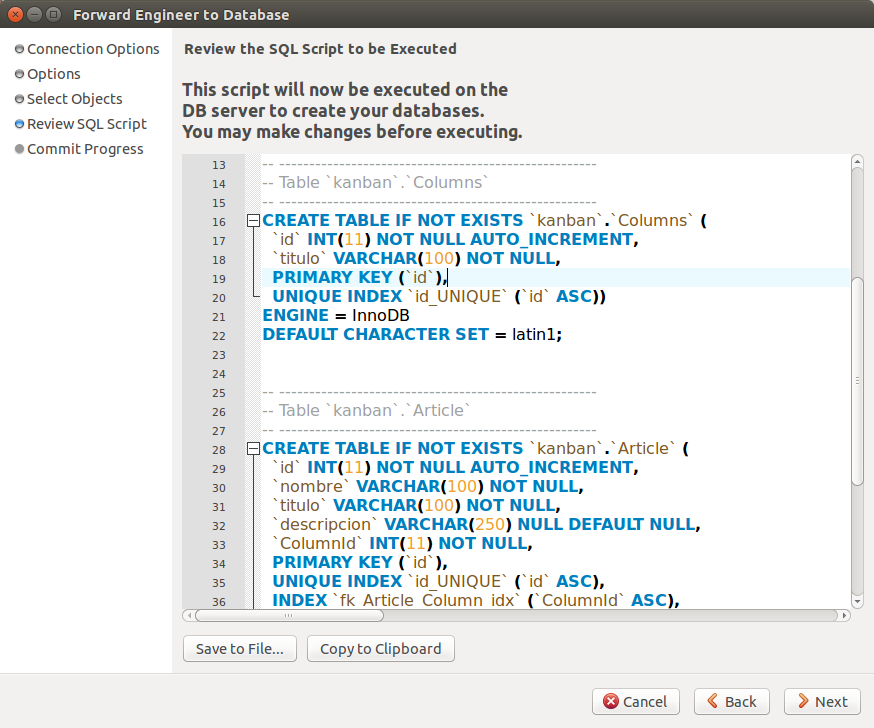



when working normally with the database, you can ommit the Id in INSERTs and SQLite will generate one for you.Declare the column type as INT instead of INTEGER. So the easiest ways to disable it are: Declare the column as UNIQUE instead of PRIMARY KEY. your original IDs will be preserved when the database is being rebuilt by using INSERT commands and explicitly specifying the Id! 2 Answers Sorted by: 9 Autoincrement behavior applies only to columns declared as INTEGER PRIMARY KEY.that you don't need to specify AUTOINCREMENT.incrementvalue Mention the value by which we would like to increment the key for the subsequent record. db file theres an table called sqlitesequence. ( WITHOUT ROWID tables are the exception. Here, startingvalue Mention the starting value we would like to use. In SQLite, table rows normally have a 64-bit signed integer ROWID which is unique among all rows in the same table. This specific syntax will have sqlite to not substitute itId for rowid, so you will have both a separate autoincremented rowid column and your itId column. A solution is to change itId from integer primary key to int primary key. It also means that the Id is only generated automatically if you don't supply one at INSERT. SQL Server Auto Increment : In SQL Server, IDENTITY (startingvalue, incrementvalue) is used for auto increment feature. 1 Answer Sorted by: 0 It seems that substitution of null with a new rowid happens before the conflict is evaluated. It only determines whether IDs of deleted rows will be reused or not. This means that AUTOINCREMENT is not required for rows to be auto-incremented. I can get the PhotoPath, then I click the save Button to execute Button. I click the Picker Button in my demo, to execute the ButtonClicked1 method. For example, when you Xamarin.Essentials: Media Picker to picker a image or take a photo, you can get the file path. In other words, the purpose of AUTOINCREMENT is to prevent the reuse of ROWIDs from previously deleted rows. First way (recommand this way): You can store Image FilePath to SQLite DB. If the AUTOINCREMENT keyword appears after INTEGER PRIMARY KEY, that changes the automatic ROWID assignment algorithm to prevent the reuse of ROWIDs over the lifetime of the database. This is true regardless of whether or not the AUTOINCREMENT keyword is used. You can create it explicitly with the AUTOINCREMENT keyword. There are a couple of ways you can create an AUTOINCREMENT column: You can create it implicitly when you define the column as INTEGER PRIMARY KEY. On an INSERT, if the ROWID or INTEGER PRIMARY KEY column is not explicitly given a value, then it will be filled automatically with an unused integer, usually one more than the largest ROWID currently in use. In SQLite, an AUTOINCREMENT column is one that uses an automatically incremented value for each row that’s inserted into the table. The documentation for SQLite Autoincrement says:


 0 kommentar(er)
0 kommentar(er)
